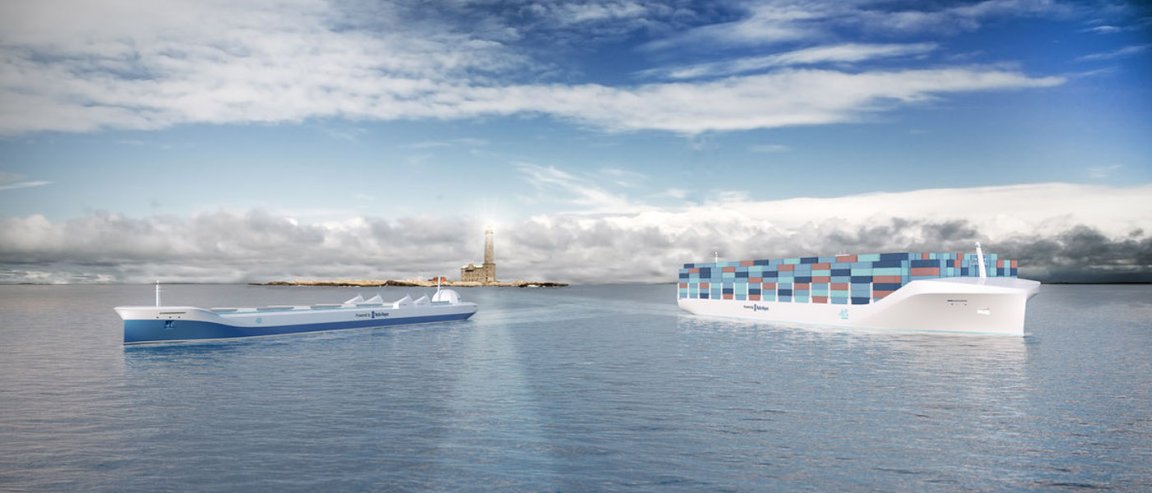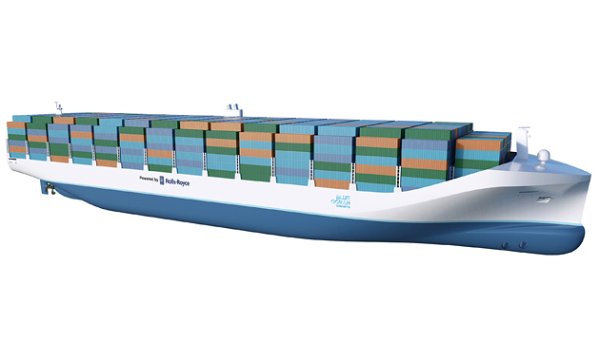
The Evolution of the Drone Ship
The handwriting’s on the wall.
Autonomous vehicles have arrived—and they’re here to stay. We’ve seen them in just about every sphere of human technological endeavor. Military drones patrol the skies; personal drones clutter the airways; and they’ve even been considered as a means to beam free wireless connections to the masses. Driverless technology, meanwhile—and despite the occasional, unavoidable, setback—may soon completely change the way we travel, hopefully for the better.
And the same revolution, though less heralded than the others, is taking place in the maritime sphere.
Robotic or drone ships, also known as Unmanned Surface Vehicles (USVs), are quietly being developed, and their potential applications—military, industrial, commercial, and scientific—are perhaps even more important to our future than aerial drones and self-driving cars.

“Angry Nerds” to the Rescue
Several very well-known companies are devoting resources to the development of autonomous drone ships. Recently, Rolls-Royce unveiled a new concept called the “oX operator experience” for controlling autonomous shipping vessels; and SpaceX has mooted the idea of using drone ships to recover their reusable rockets. And Boeing’s slick new unmanned submersible, Echo Voyager, can operate on its own for three or more months.
Meanwhile, competitions like the Maritime RobotX Challenge, held in Singapore in 2014 and sponsored by the U.S. Office of Naval Research, have accelerated the evolution of USVs. A number of universities and research institutions, including the Korea Advanced Institute of Science and Technology (KAIST), participated in the contest, whose main goal was to develop “ship intelligence,” the ability for a vessel to operate independently and without human intervention.
KAIST’s team, the “Angry Nerds,” came in second place at Singapore; subsequently, these indignant dweebs have refined their USV technology, tweaking the autonomous intelligence systems and integrating them with a suite of sensors to provide real-time data and enable the vehicles to realistically interact with their environment.
So forget UAVs and driverless cars—the next frontier for autonomous tech is the ocean main.
